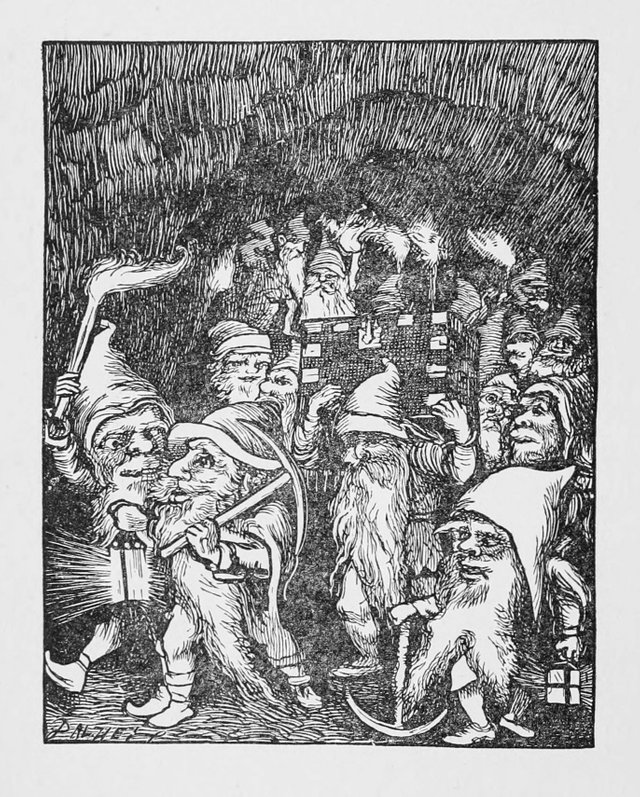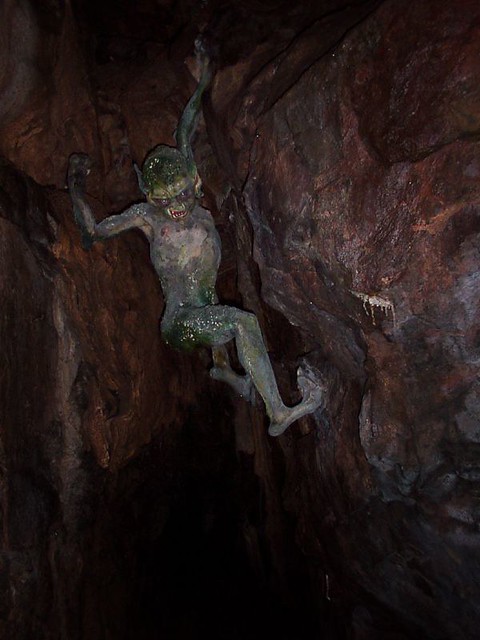❄️🏔️ Barbegazi 🏔️❄️
The Skiing gnomes of the Alps.
The Barbegazi is type of gnome from Swiss and French folklore, they live deep in the mountainous areas between France and Switzerland; the Alps.
They make their homes in a large networks of caves and tunnels near the peaks of mountains through hidden entrances .
They spend most of the year in their underground home, and sleep all summer(like a summer hibernation). Only going out in the winter, because of these habits human interaction is rare.
The name comes from barbes glacées roughly meaning 'frozen beards'. They get this name because they appear to have icicles growing from their chins instead of a beard, but this is just a result of the freezing temperatures they live in underneath the ice is just a normal beard.
Appearance wise they look similar to a mini yeti, they are covered in white fur like a snowsuit and have large feet, though unlike a yeti this guy's are no larger then an average gnome and nowhere near as violent as a yeti.
They have been known to help or at least warn skiers and travelers of danger and even aid people. The most well known form of warnings they give to humans in possible dangerous areas or circumstances is the whistling noises they make that sounds similar to a marmots or an eerie hooting noise, that may be mistaken for gusts of wind, to warn hikers of avalanches. They may also attempt to dig out people trapped by snowfall or herd lost sheep back to their owners. Despite these beneficial activities their attitudes towards humans are still uncertain so if you encounter one do so with caution.
They have disproportionately large bigfoot like feet for their size , they use these oversized feet as snowshoes and ski's to travel across their frozen mountain homes.
They are never encountered in weather above zero degrees or below the tree line on the mountains they live in they prefer the cold frozen climate the more snow the better.
One of their favorite activities is riding on top of avalanche
They also have the ability to dig at a rapid pace, they can quickly bury themselves in snow to hide in a matter of seconds as well as dig themselves out of a snow drift no matter how deep .
Last post for the year, have a great New Year
🎇🎆











